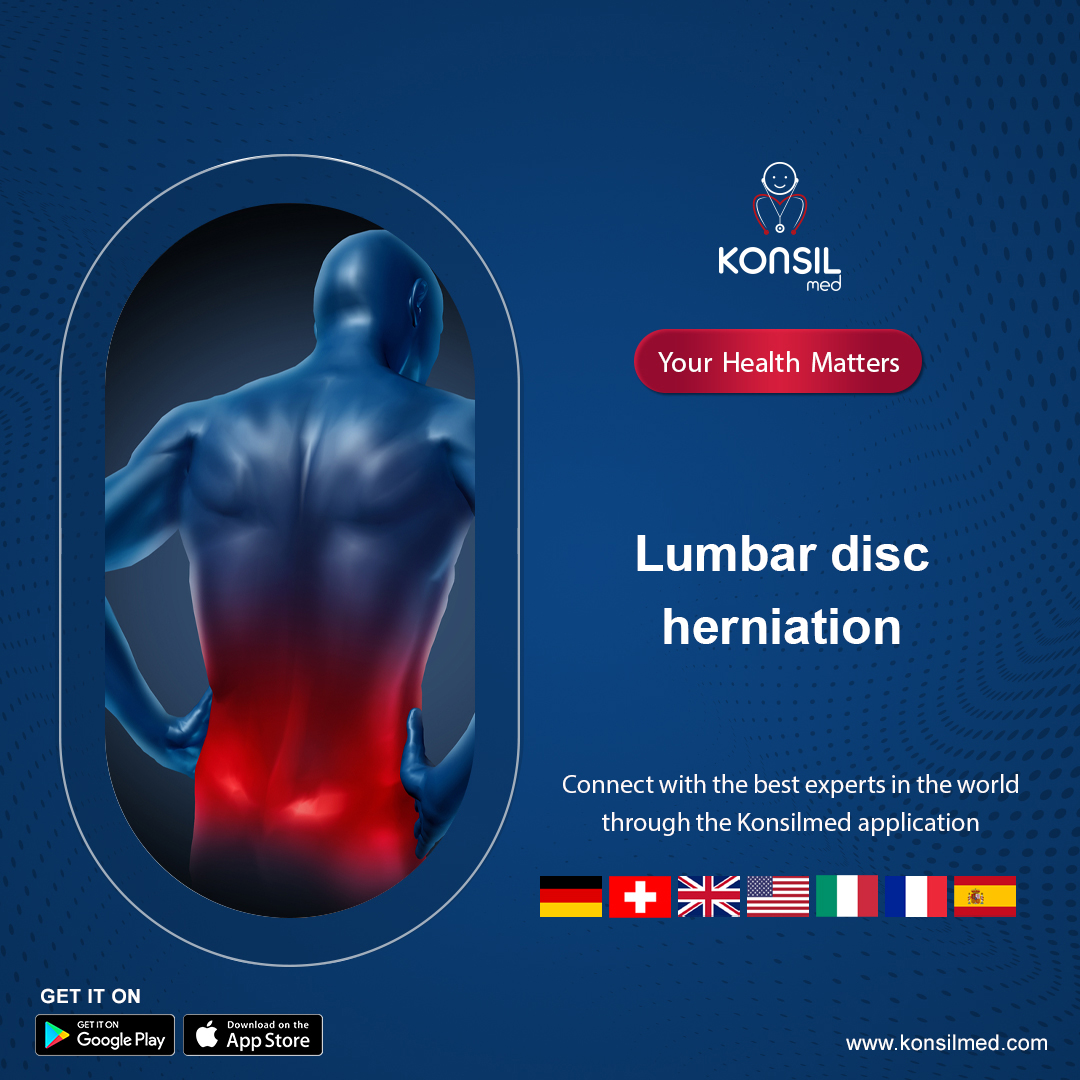
Lumbar disc herniation is a slippage that occurs in the cushions between the lumbar vertebrae in the lower back.
The spine consists of 33 vertebrae separated by spongy discs, and the spine is divided into 4 regions:
Cervical vertebrae: The first 7 vertebrae are located in the neck
Thoracic vertebrae: The next 12 vertebrae, located in the chest area.
Lumbar vertebrae: The next 5 vertebrae are located in the lower back.
Sacral vertebrae: The lowest 5 vertebrae, located in the lower back, also include the 4 vertebrae that make up the tailbone (coccyx).
Problems that may occur in the lumbar spine include:
Lumbar disc bulge: With age, the intervertebral disc may lose fluid and become dry, and when this occurs, the spongy disc between the bony parts of the spine becomes
It acts as a compressed "shock absorber", which can cause the outer protective ring around the disc to collapse and cause it to protrude, a condition called lumbar disc protrusion.
Lumbar herniated disc: As pressure continues on the spine, a lumbar disc rupture may occur, then fragments of disc material can press on existing nerve roots.
Just behind the disc space, this can cause pain, weakness, numbness, or changes in sensation.
Most lumbar herniated discs occur in the lower lumbar vertebrae, especially between the fourth and fifth lumbar vertebrae and between the fifth lumbar and first sacral vertebrae (levels L4-5 and L5-S1).
Causes of a lumbar herniated disc:
A lumbar disc herniation is caused by a change in the structure of a normal disc, most often as a result of aging and the natural breakdown that occurs within the disc.
Sometimes; Severe injury can cause a lumbar disc herniation or worsen an existing herniated disc.
Symptoms of a lumbar herniated disc:
Symptoms of a lumbar herniated disc vary depending on where the disc herniated and what nerve root is pressing on it. The most common symptoms of this include:
intermittent or persistent back pain; This pain may be aggravated by moving, coughing, sneezing, or standing for long periods of time
Back muscle spasm.
Pain that begins near the back or buttocks and travels down the leg to the calf or to the foot.
Muscle weakness in the legs.
Leg or foot numbness.
Low knee or ankle reflexes.
Changes in bladder or bowel function.
Symptoms of a herniated disc in the lumbar spine may look like other medical conditions or problems, so always see a doctor for a correct diagnosis.





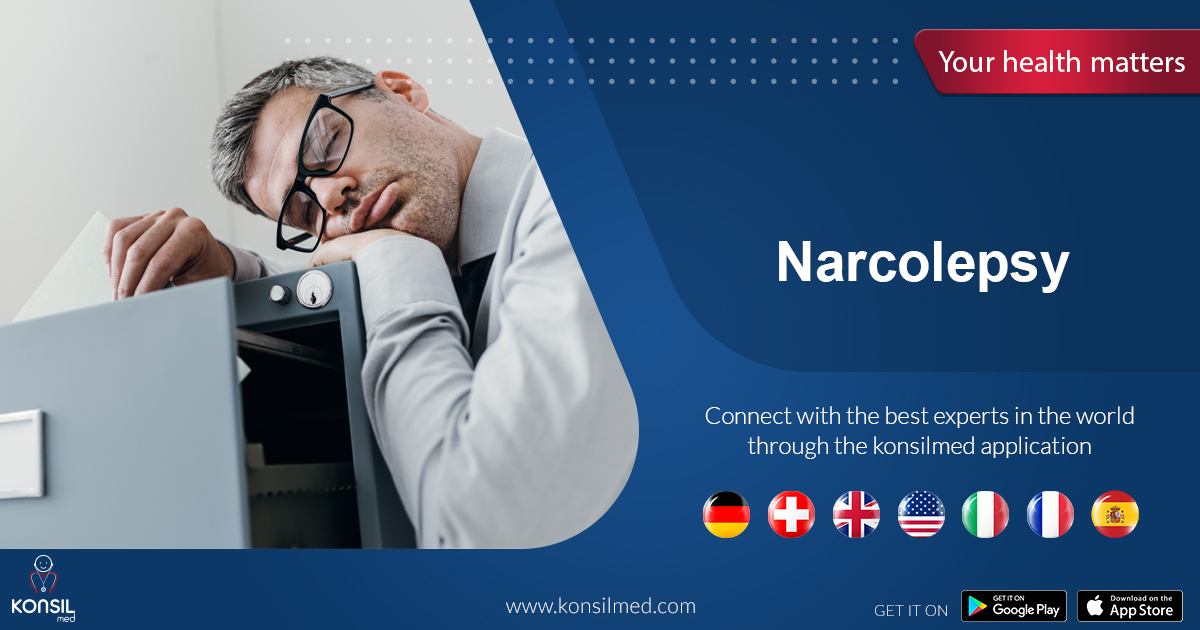
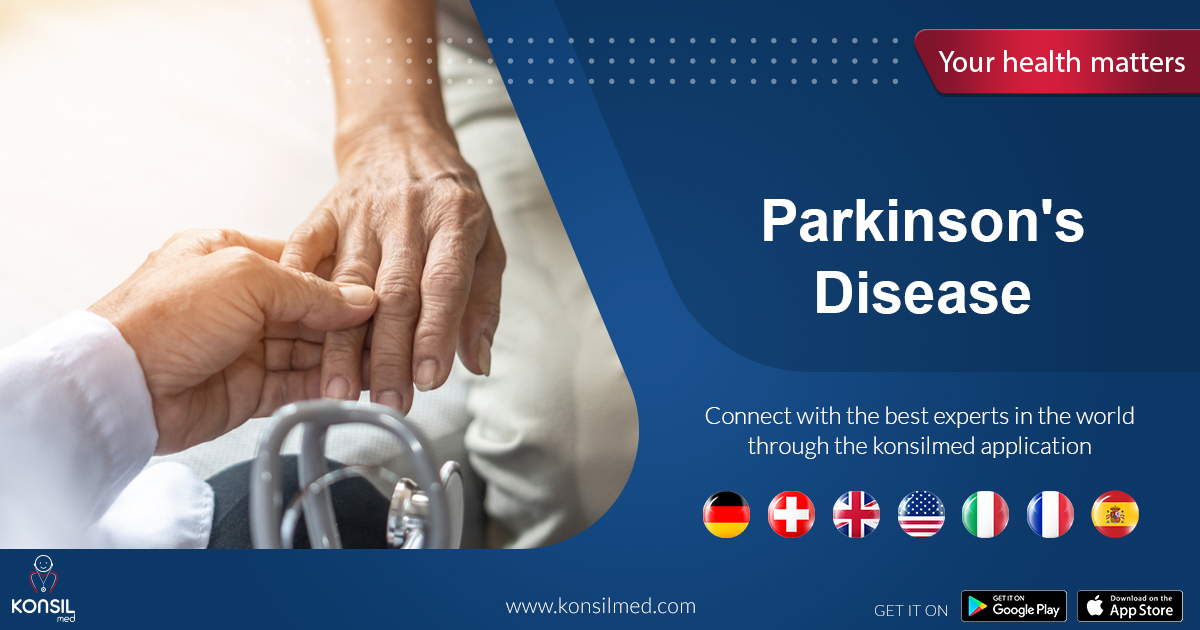
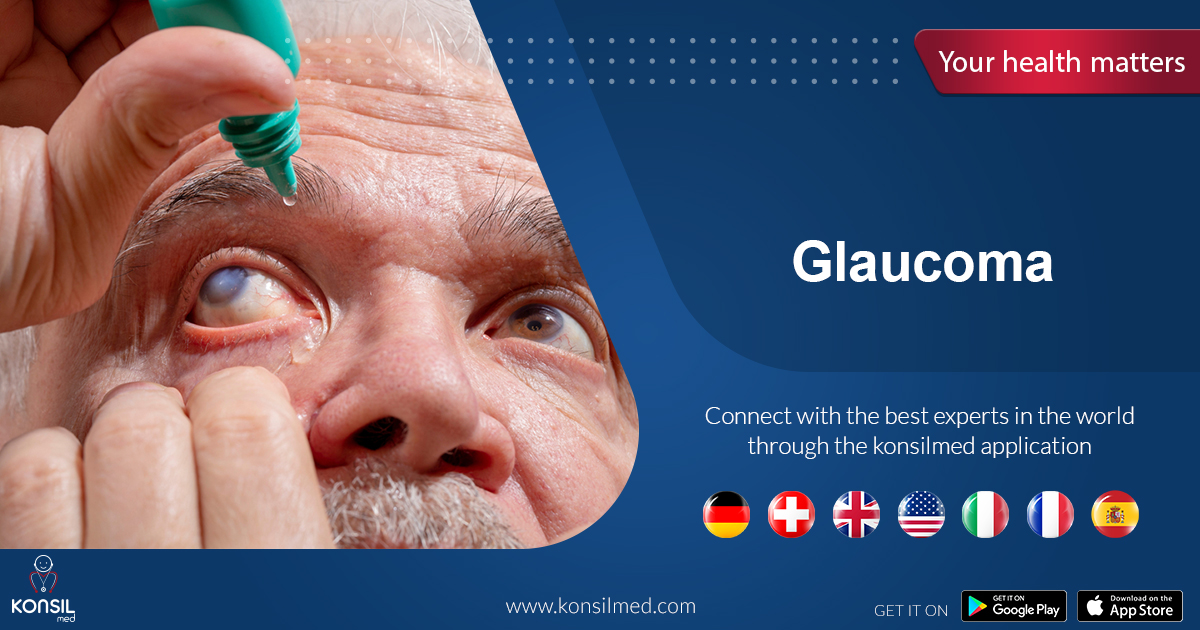
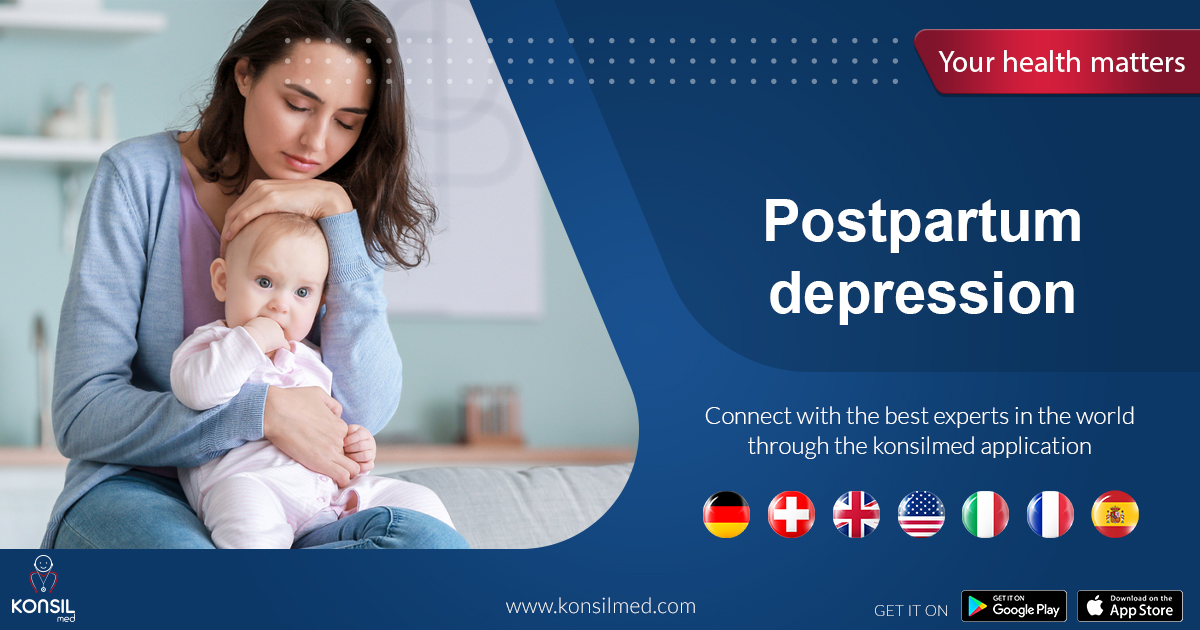
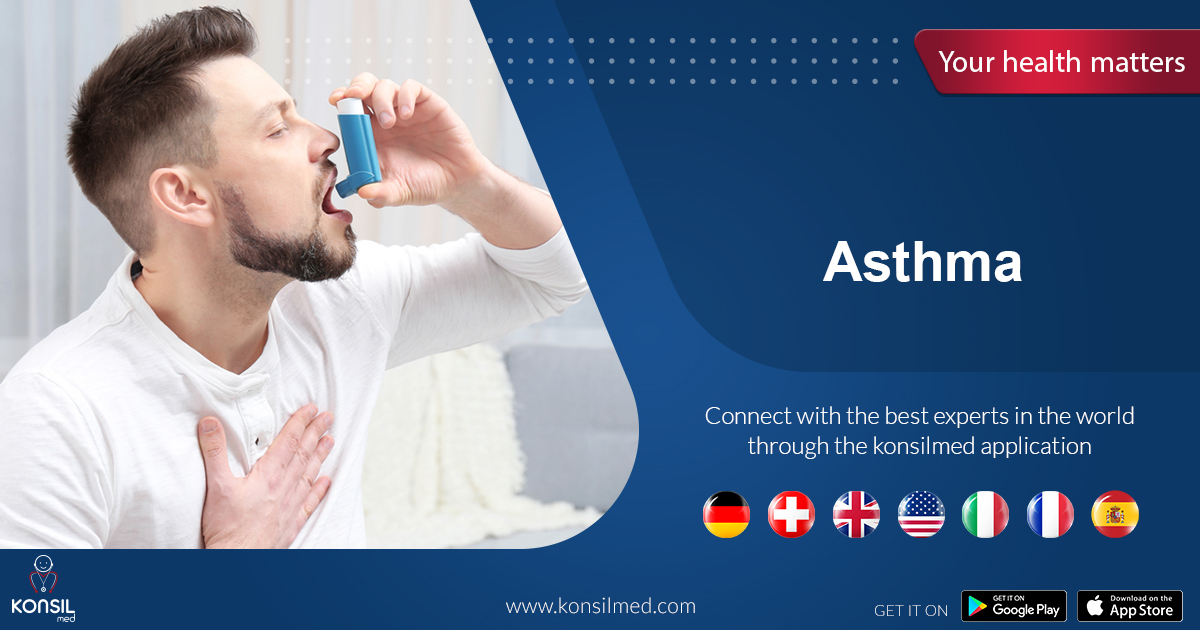
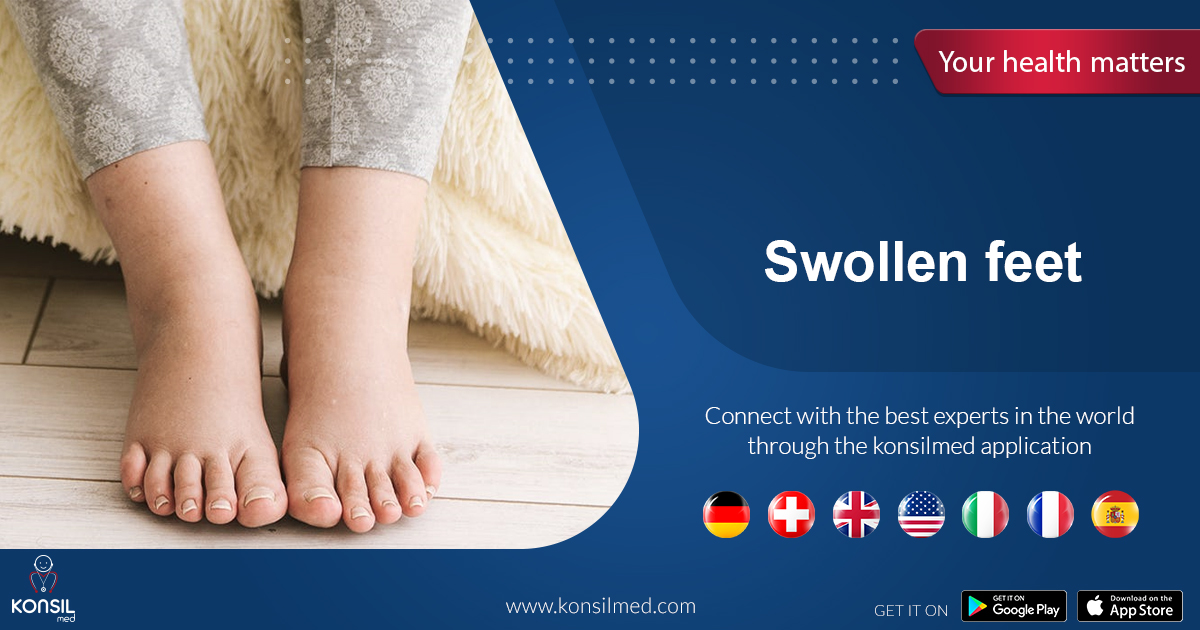
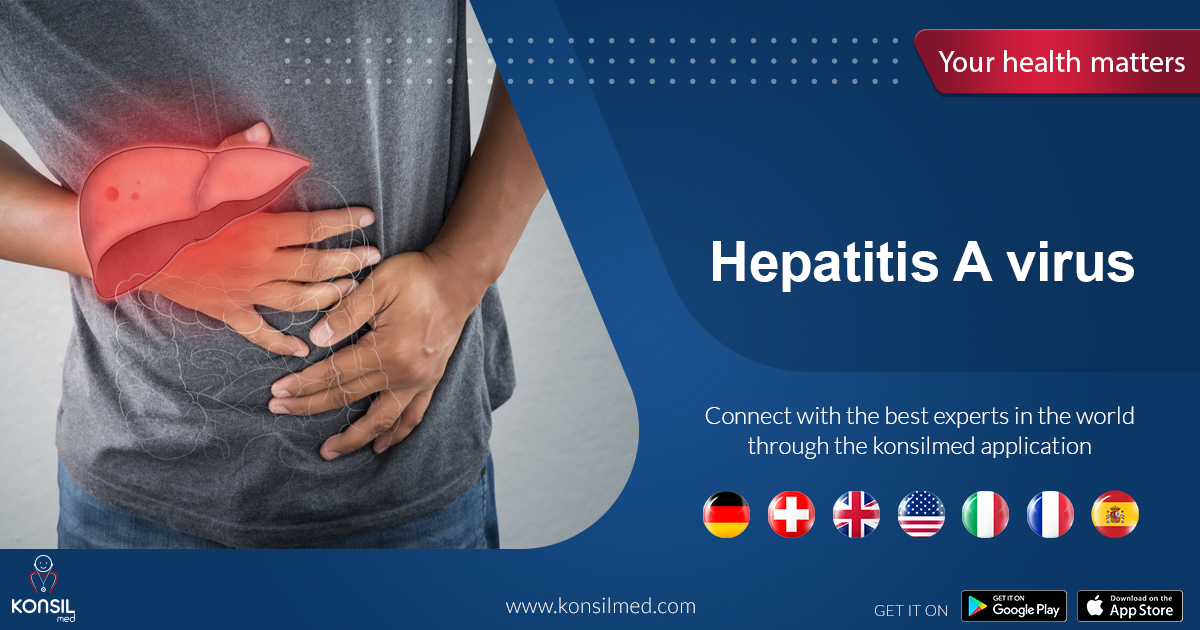
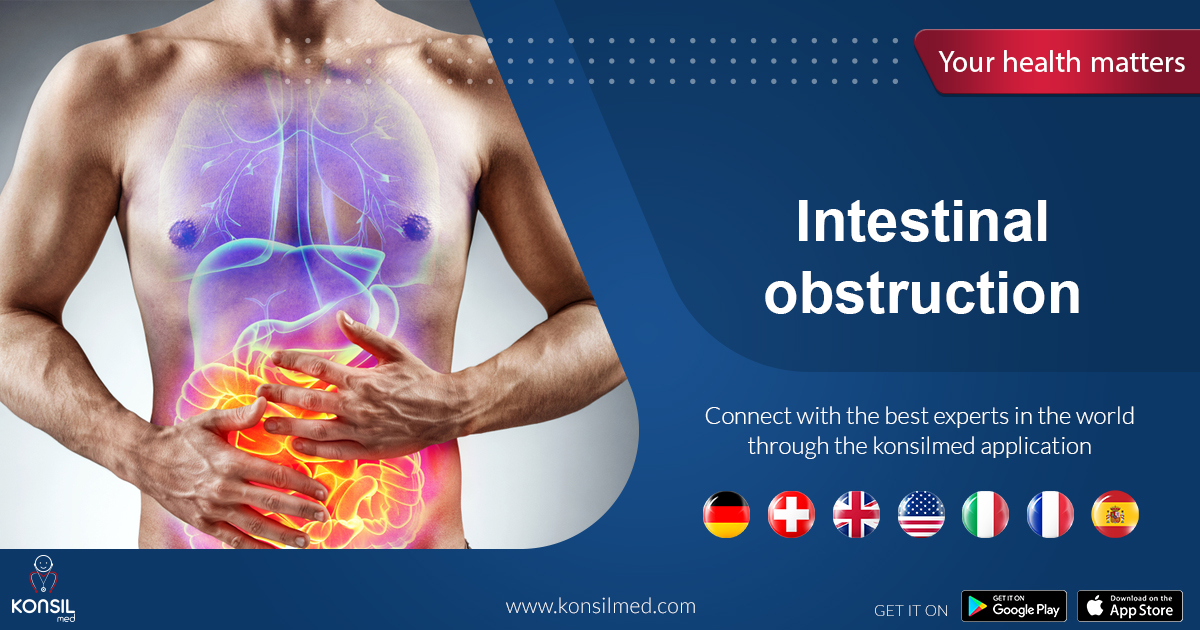
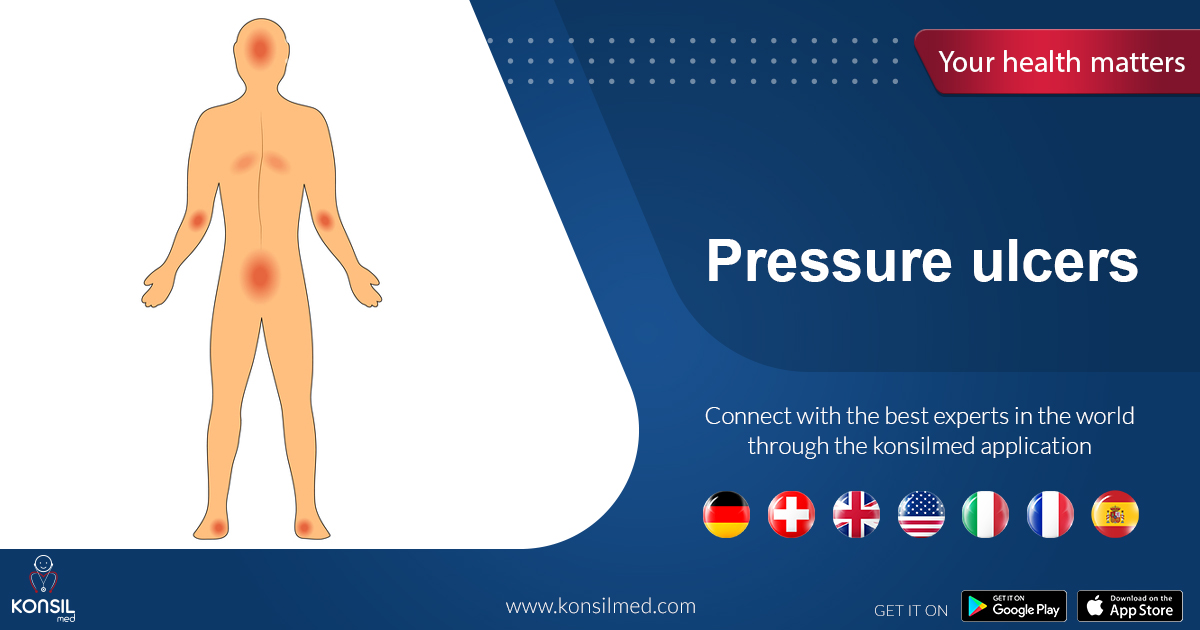
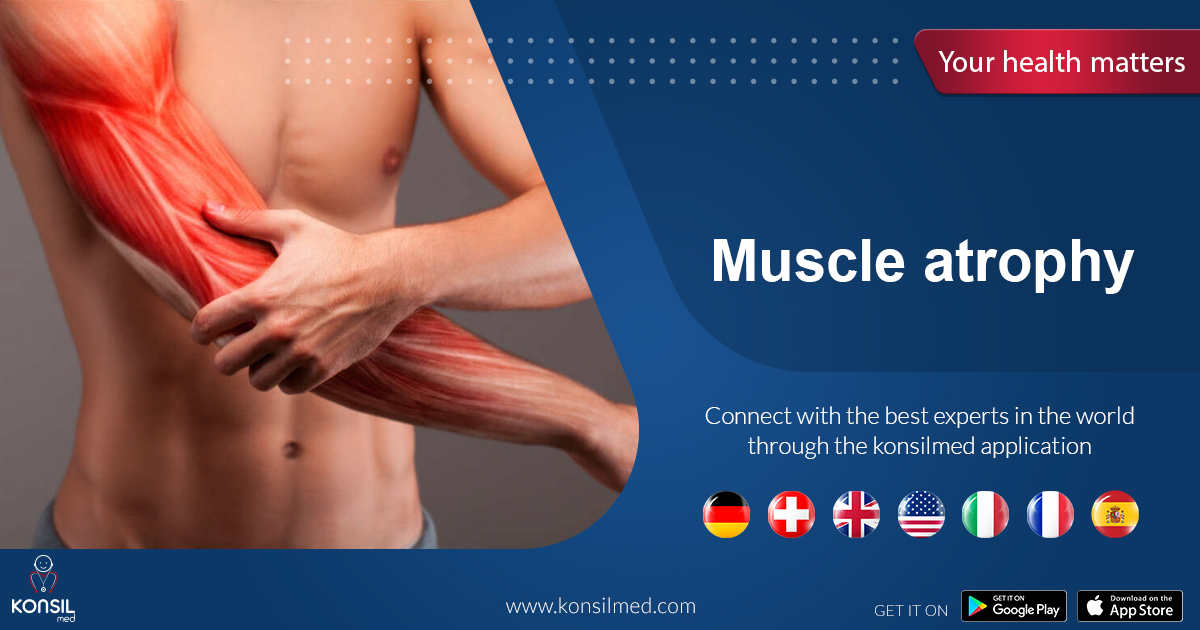
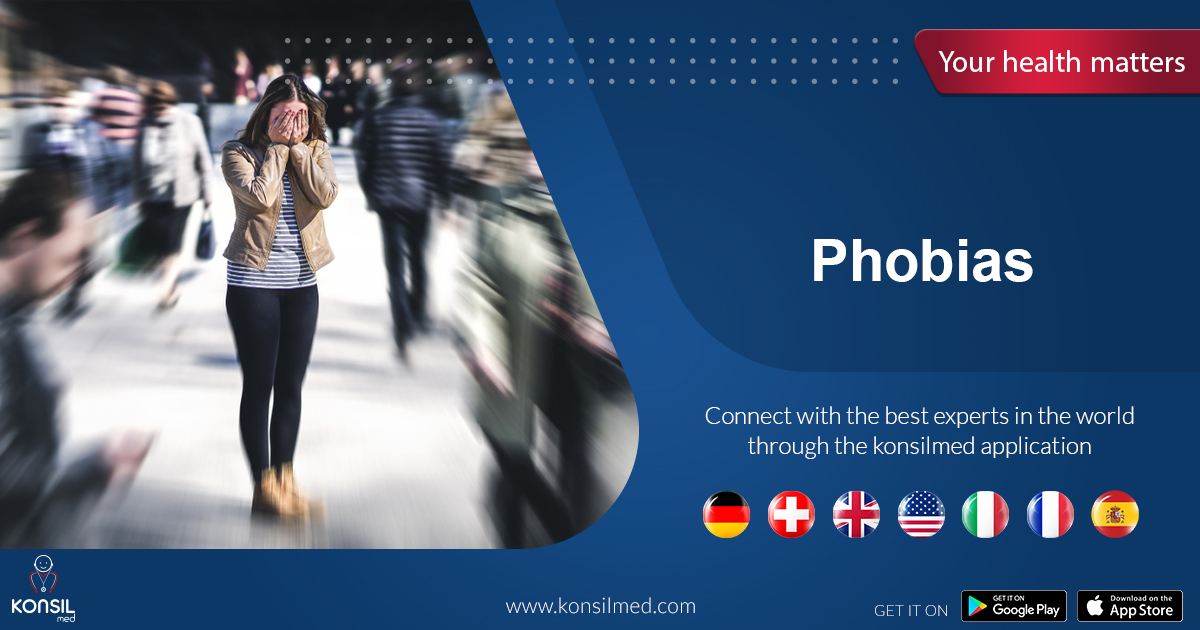
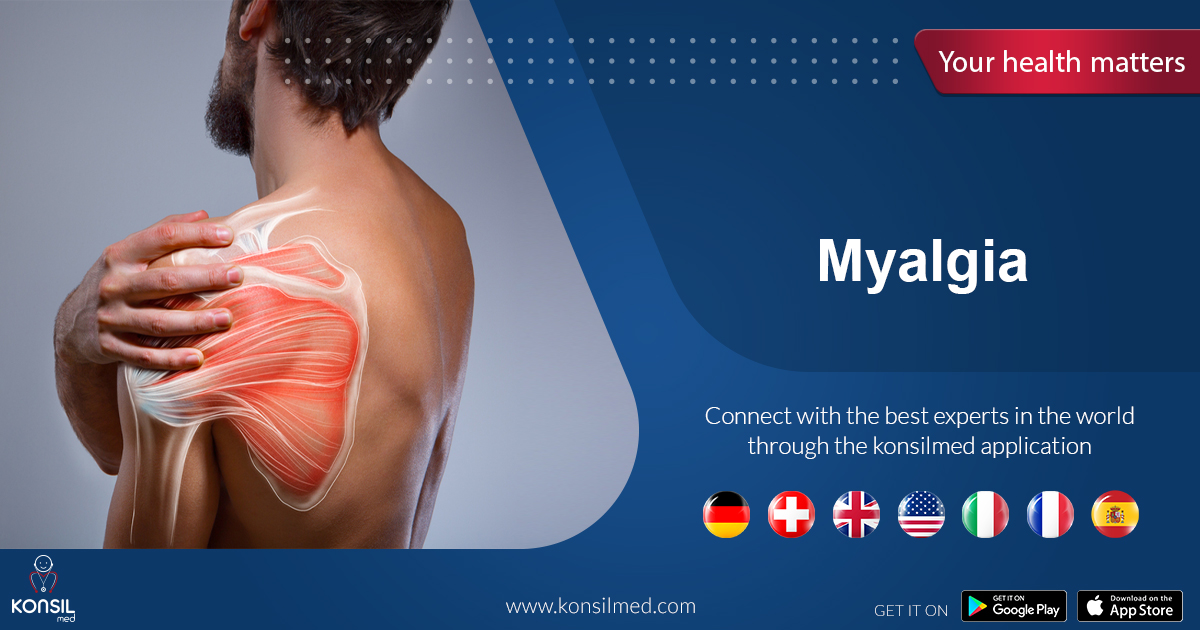
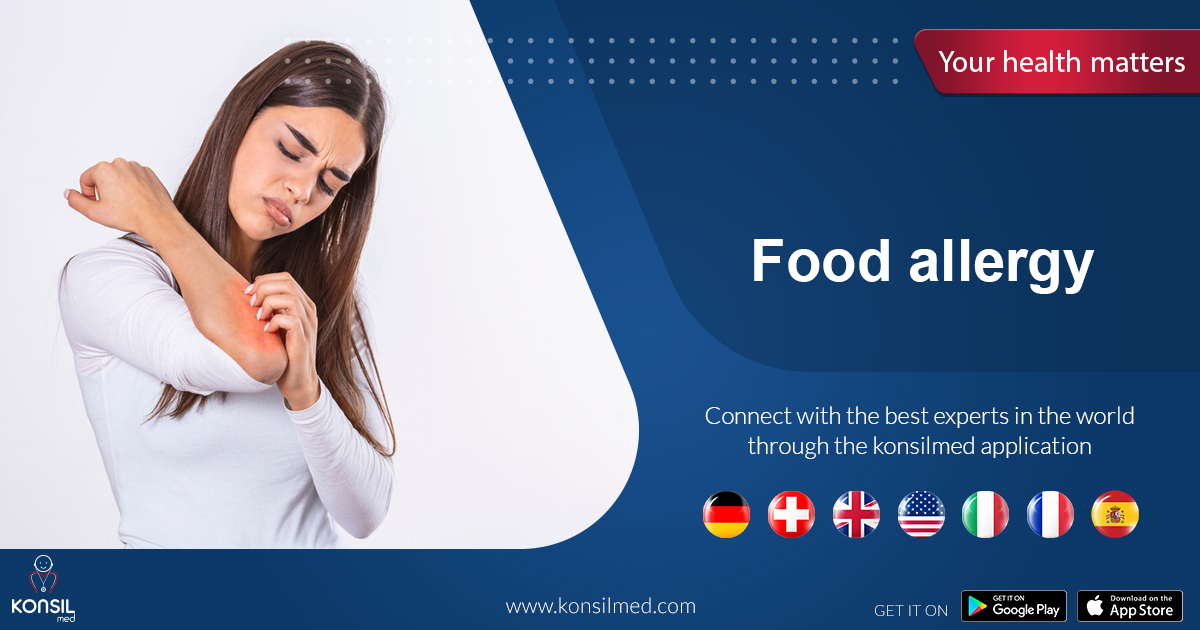
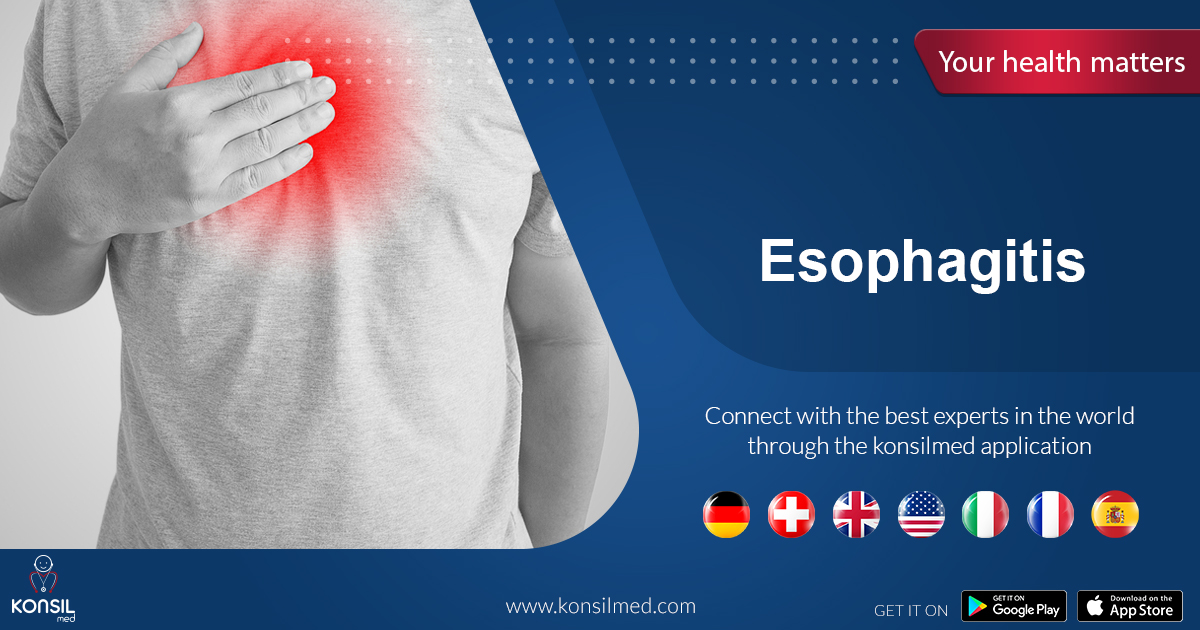
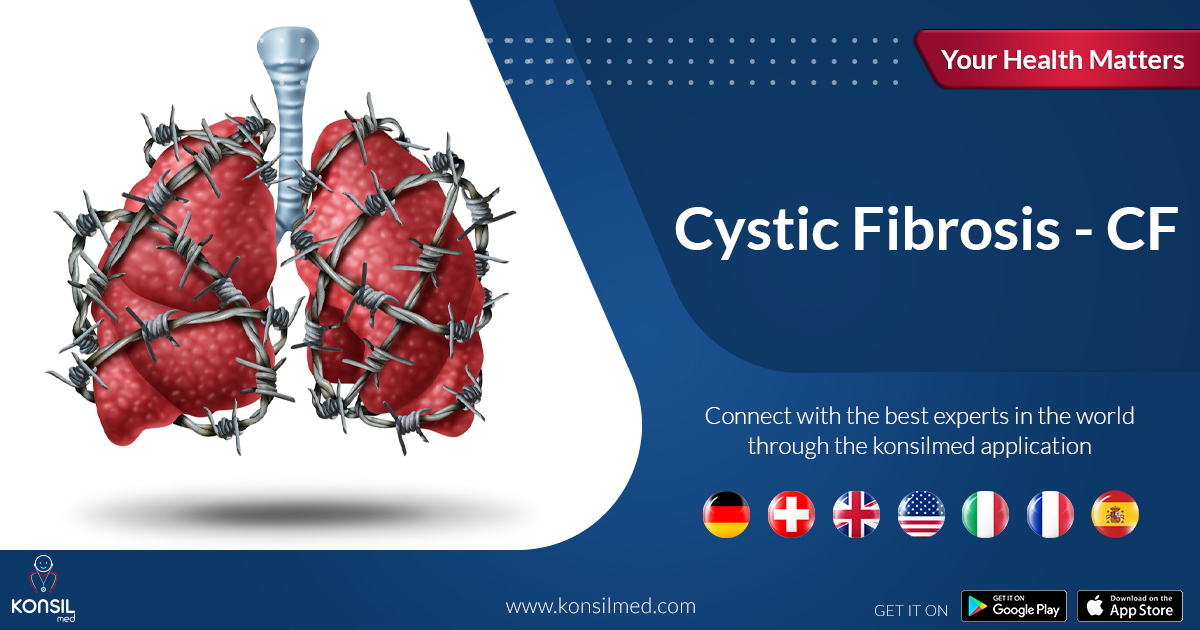
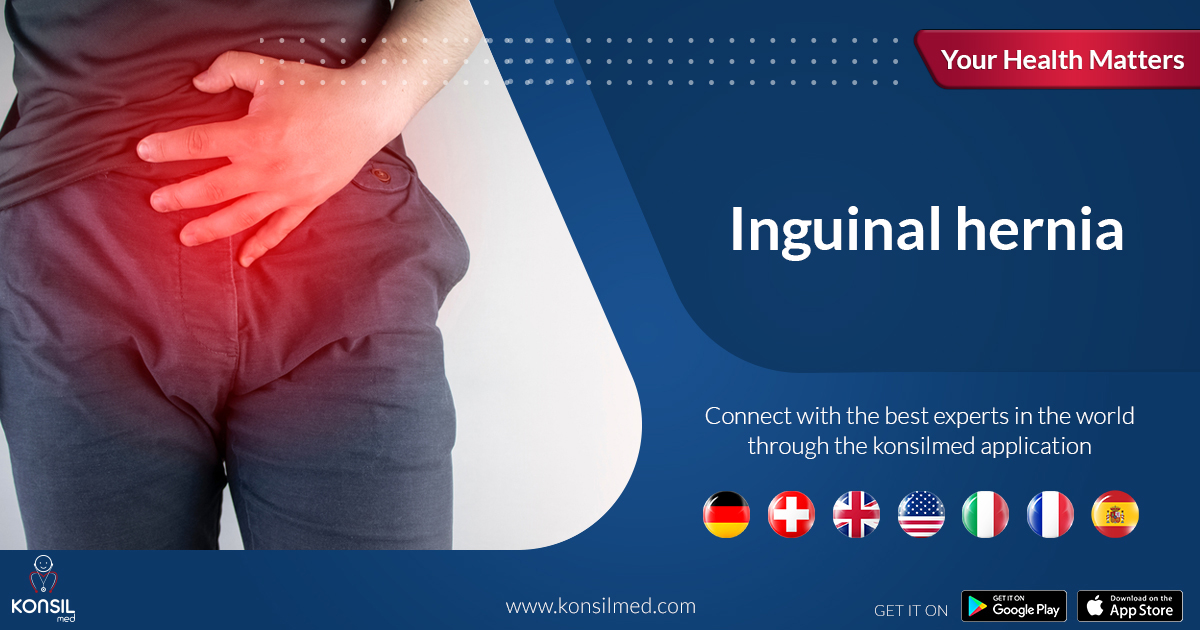
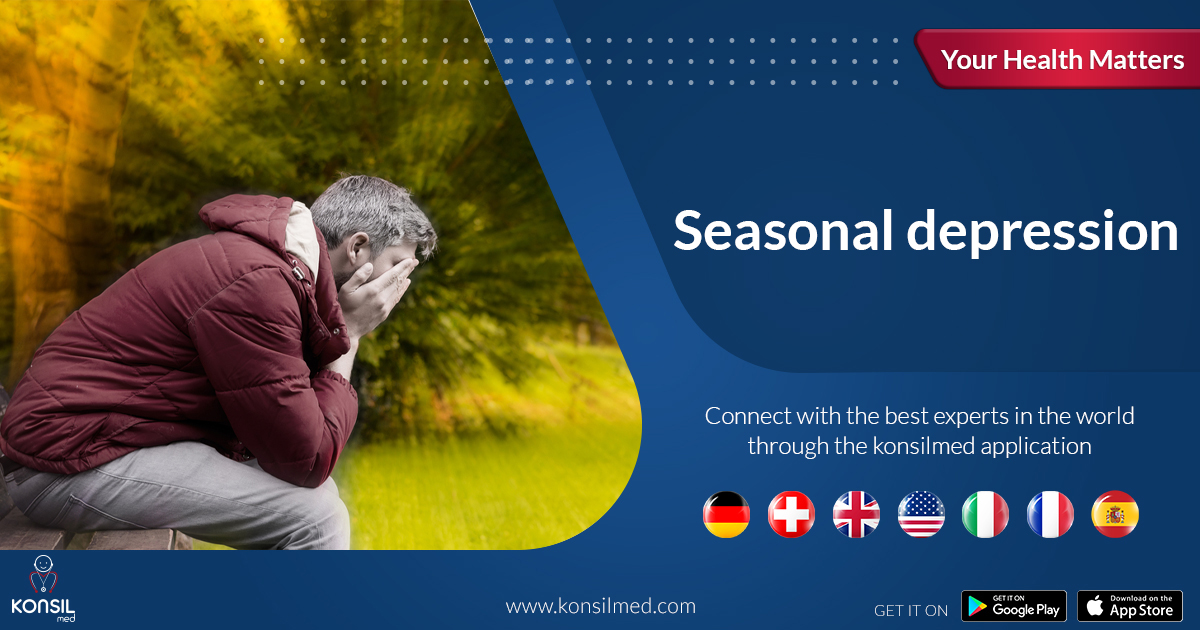

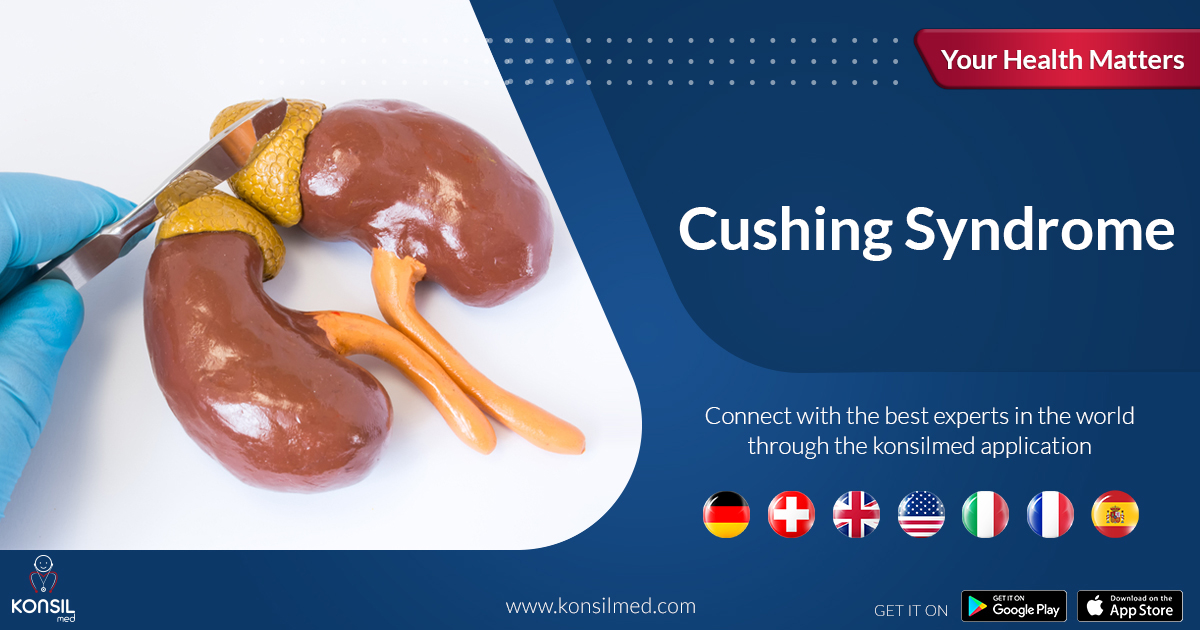
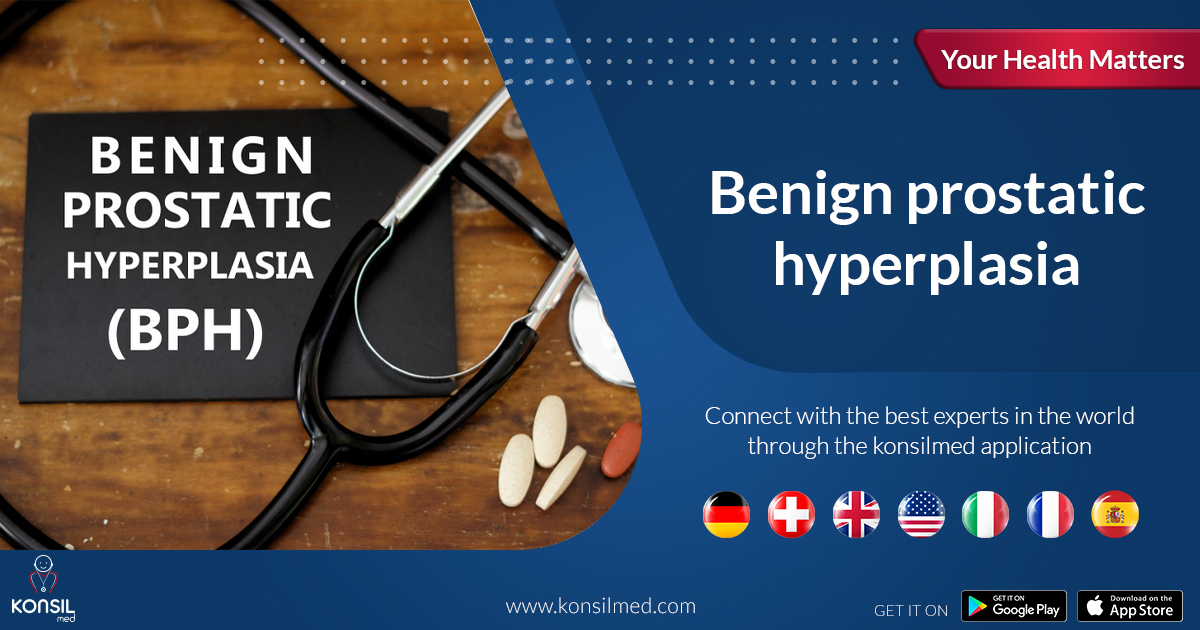
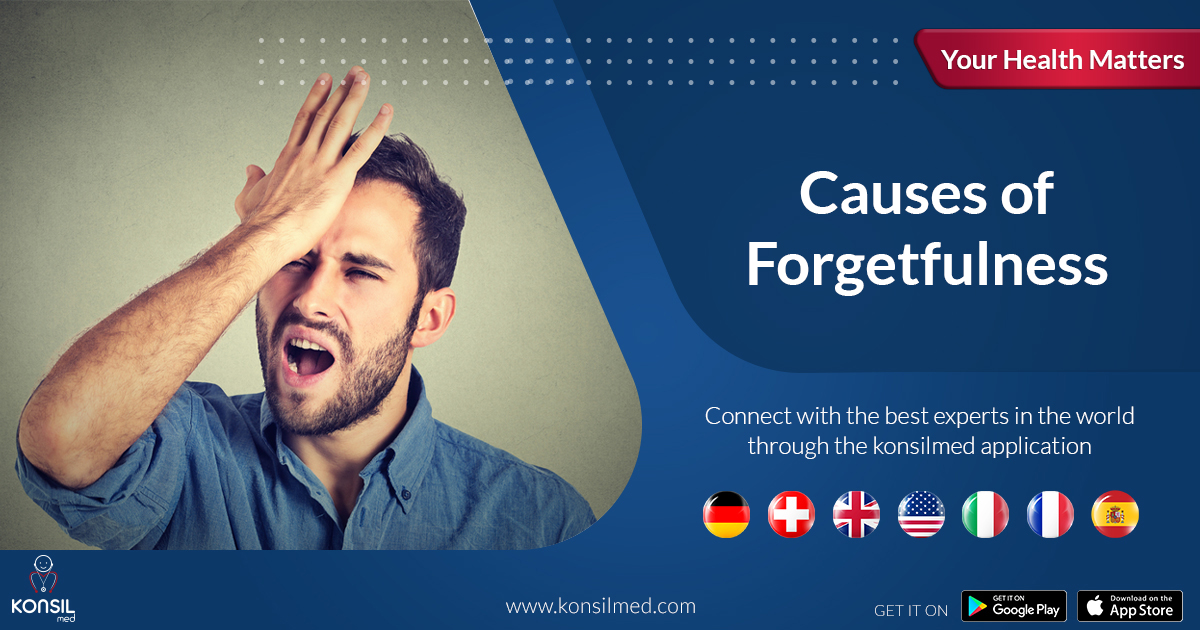

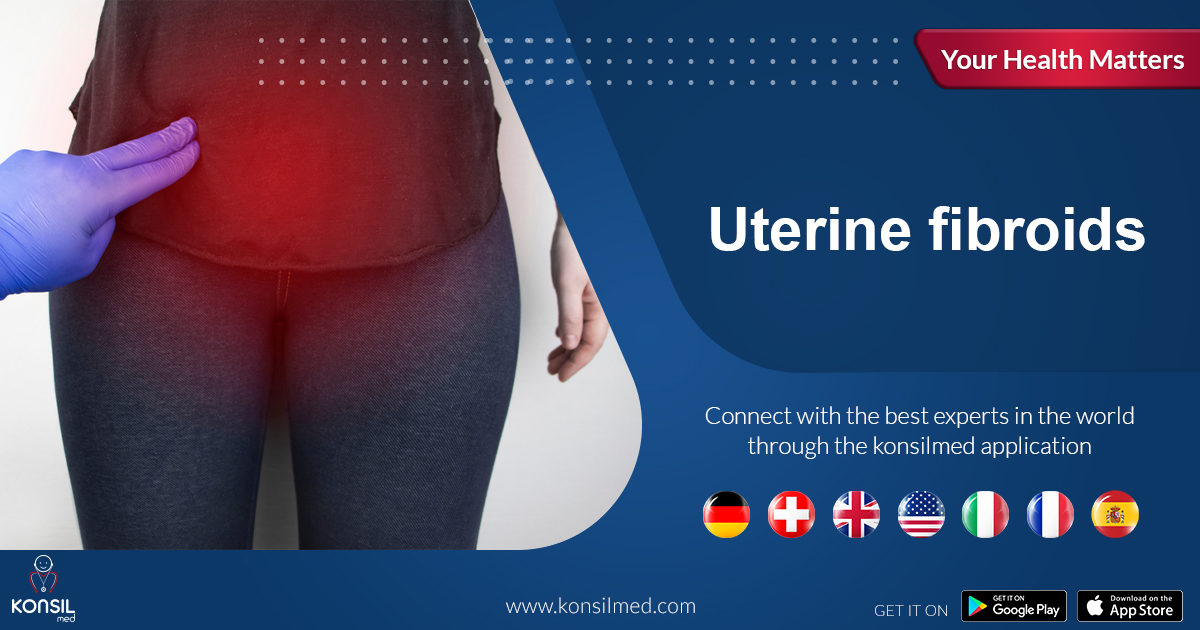
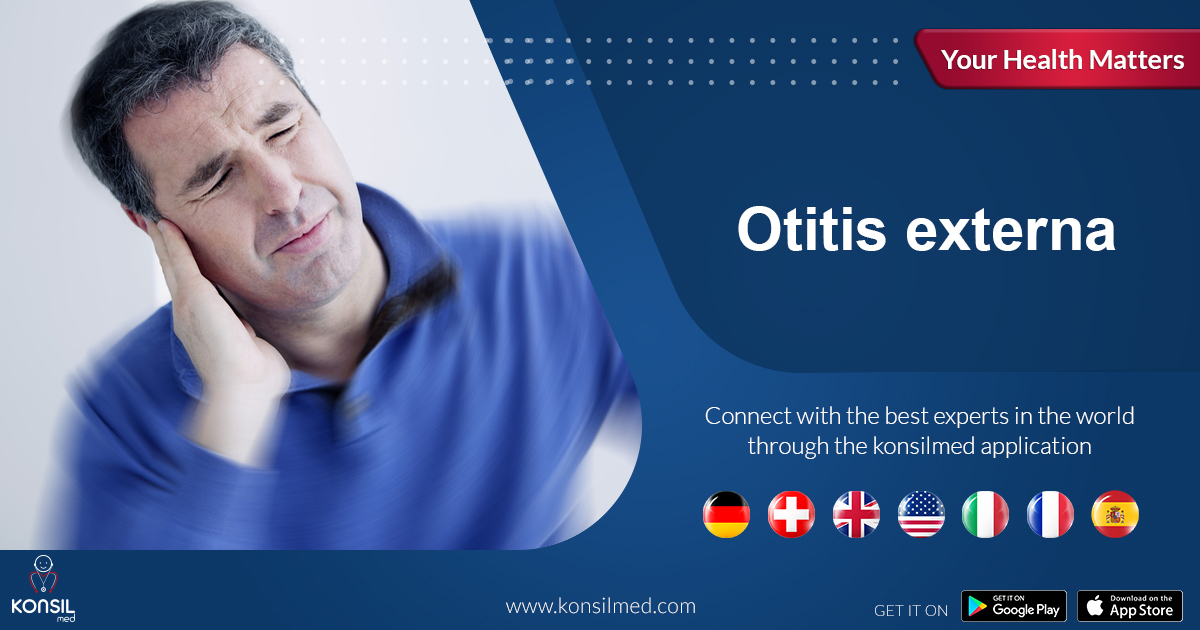
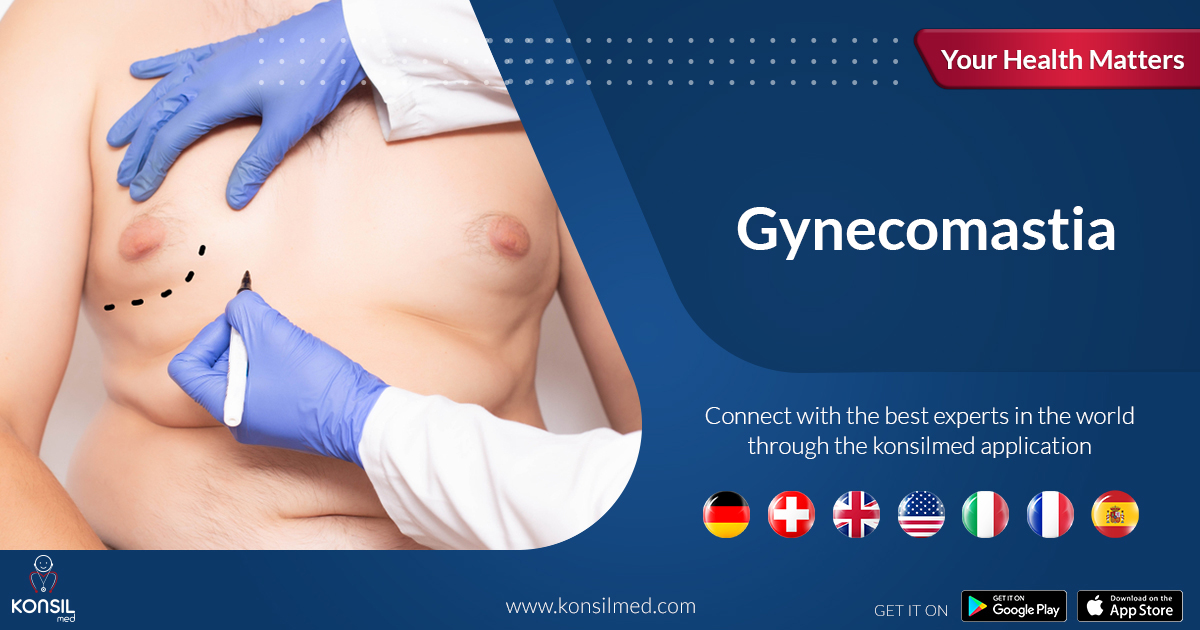

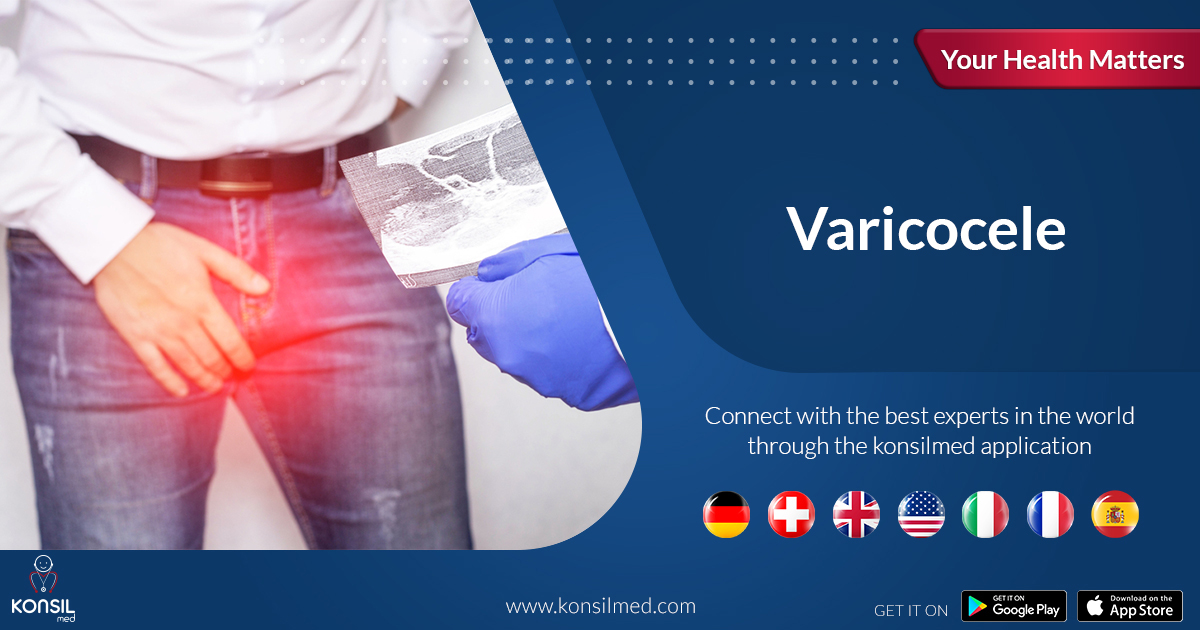




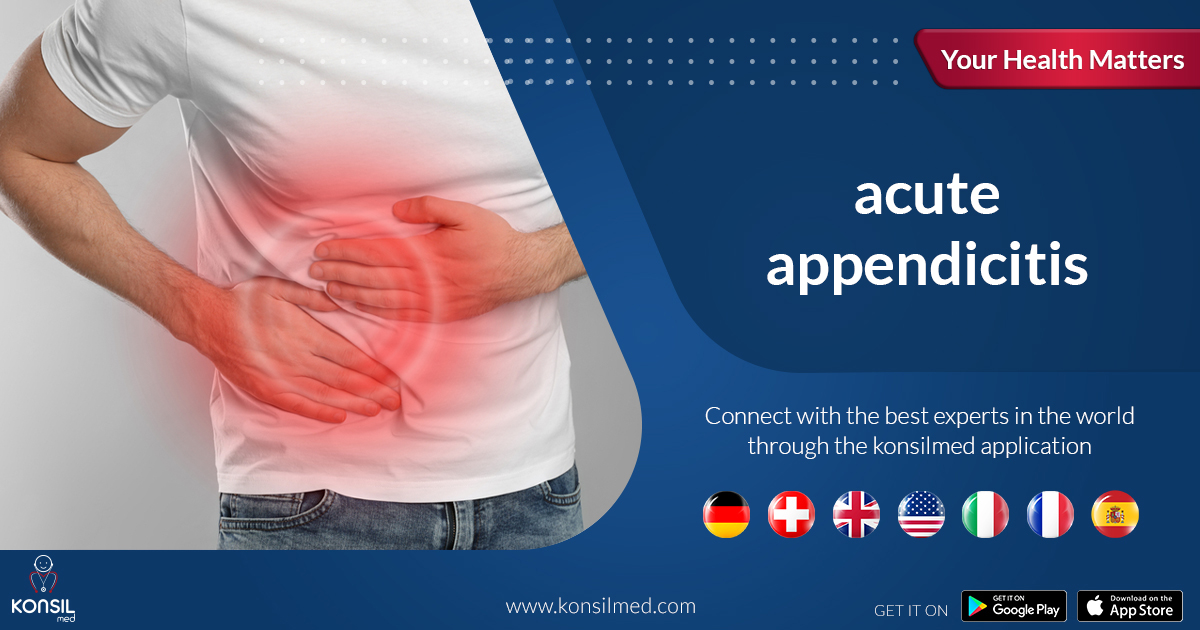





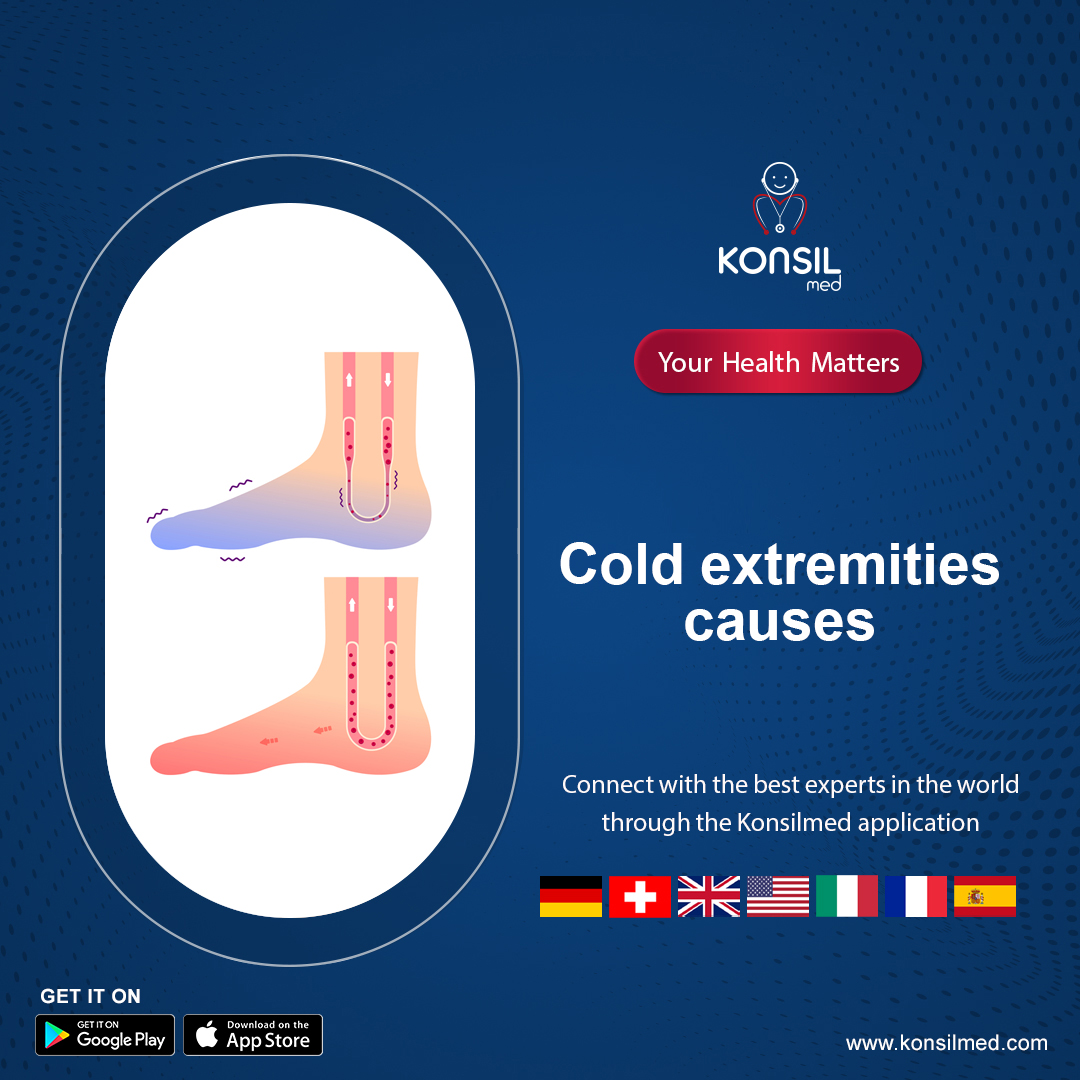
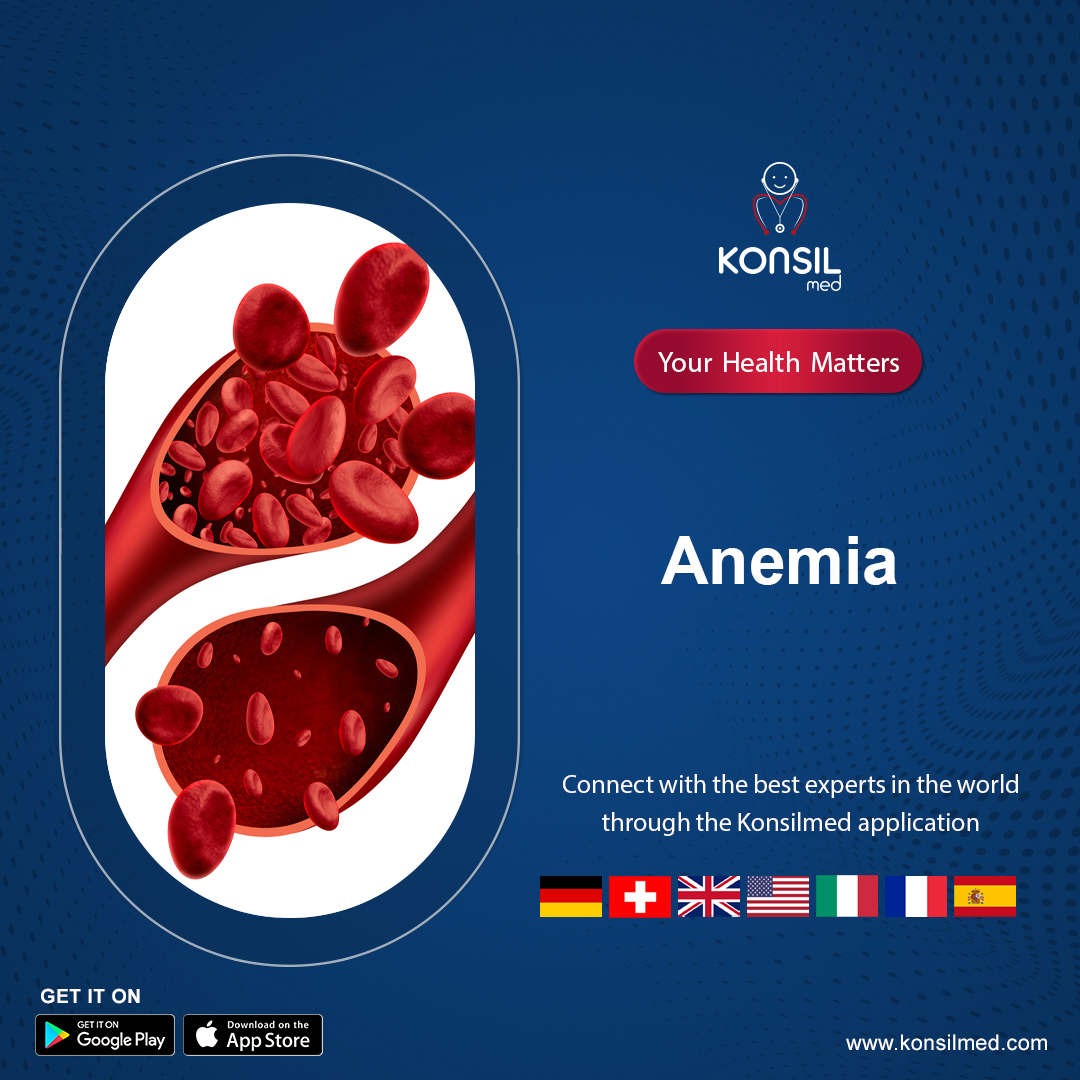





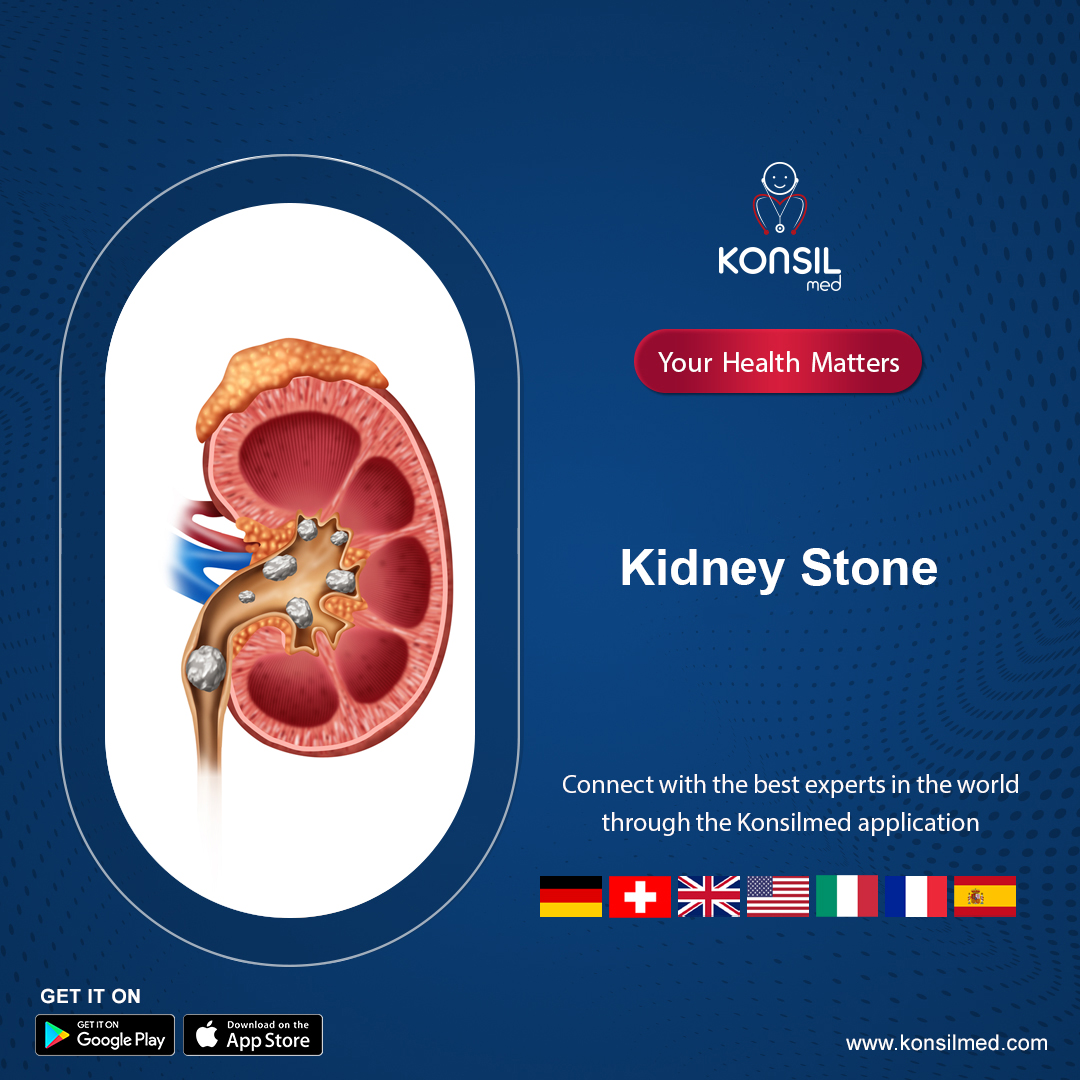






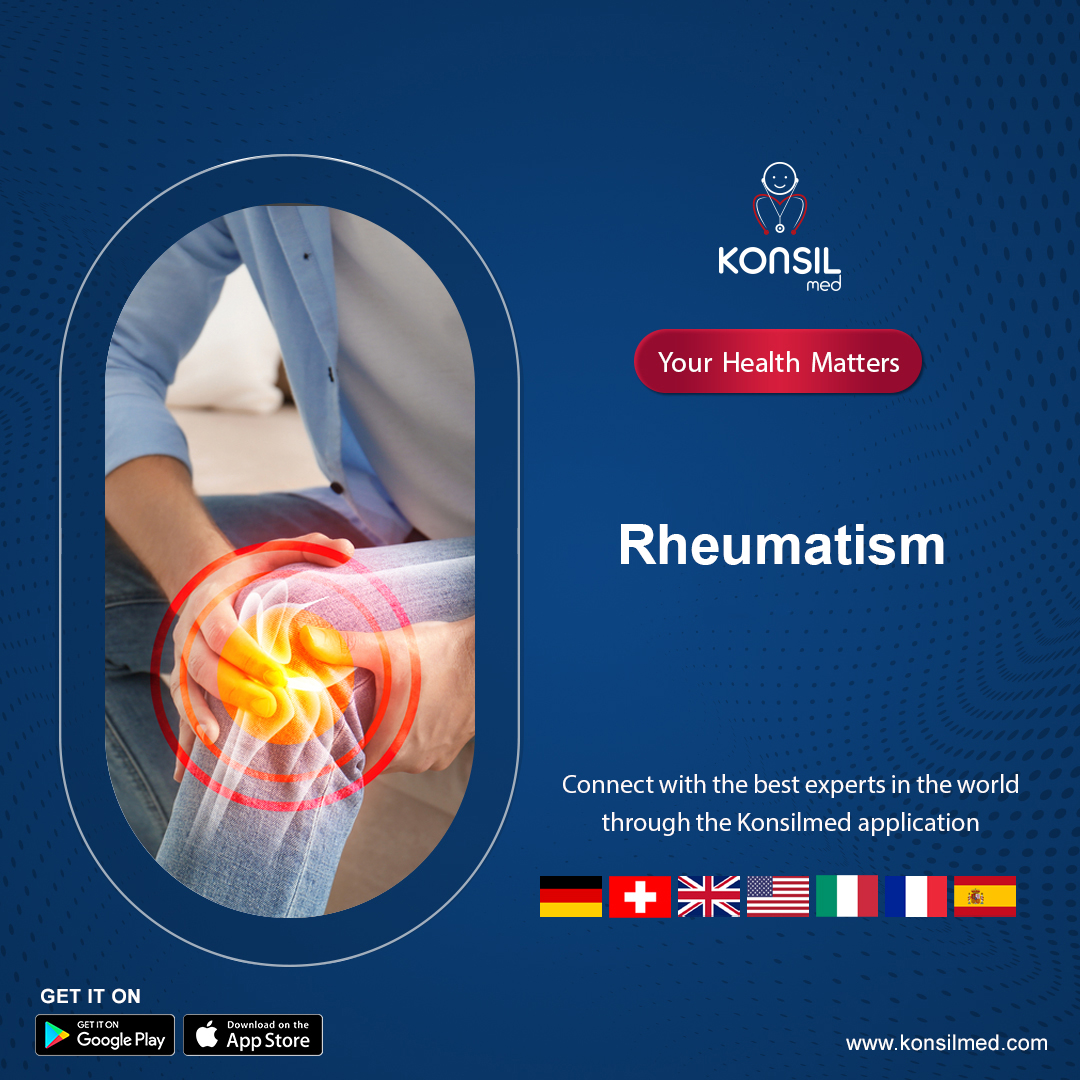




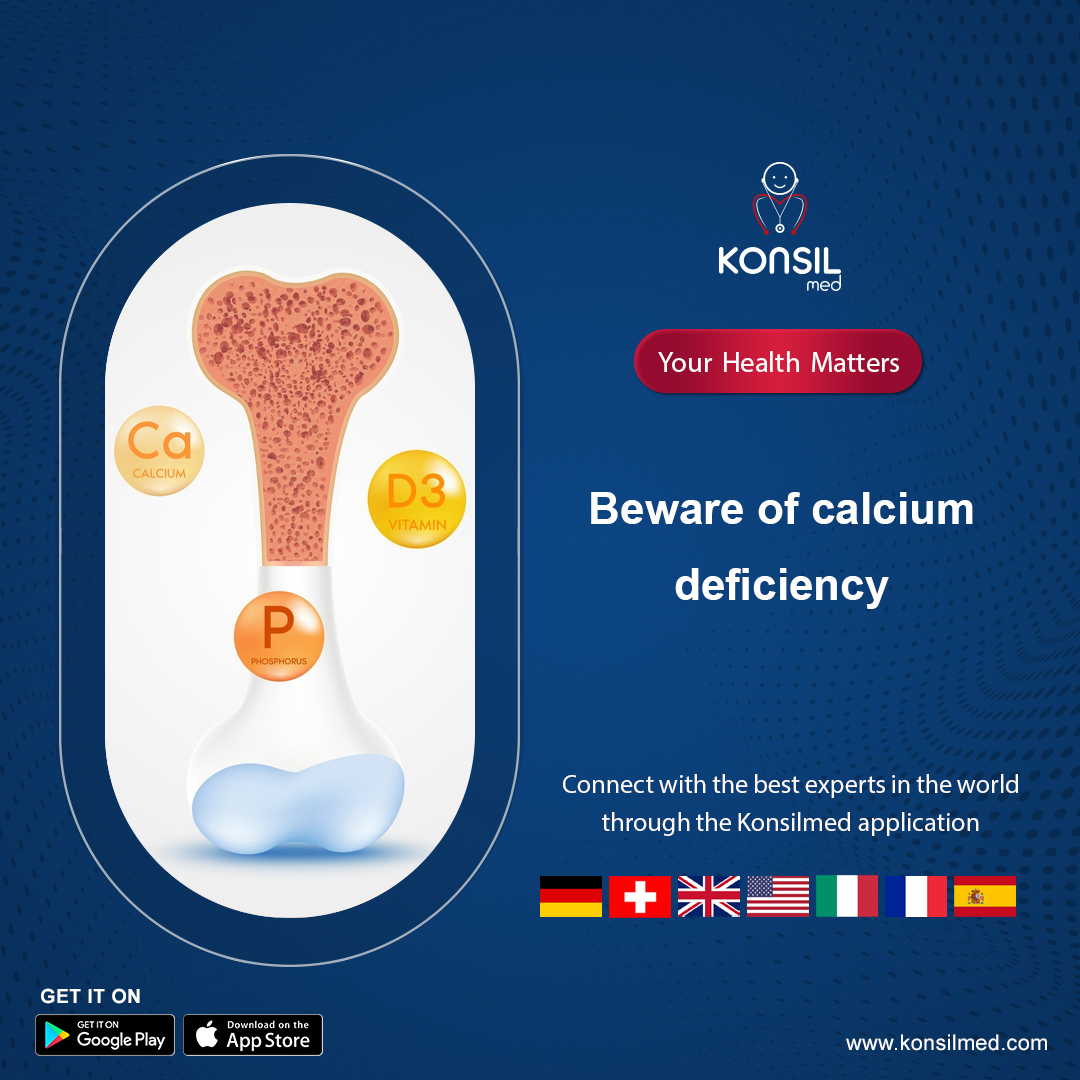


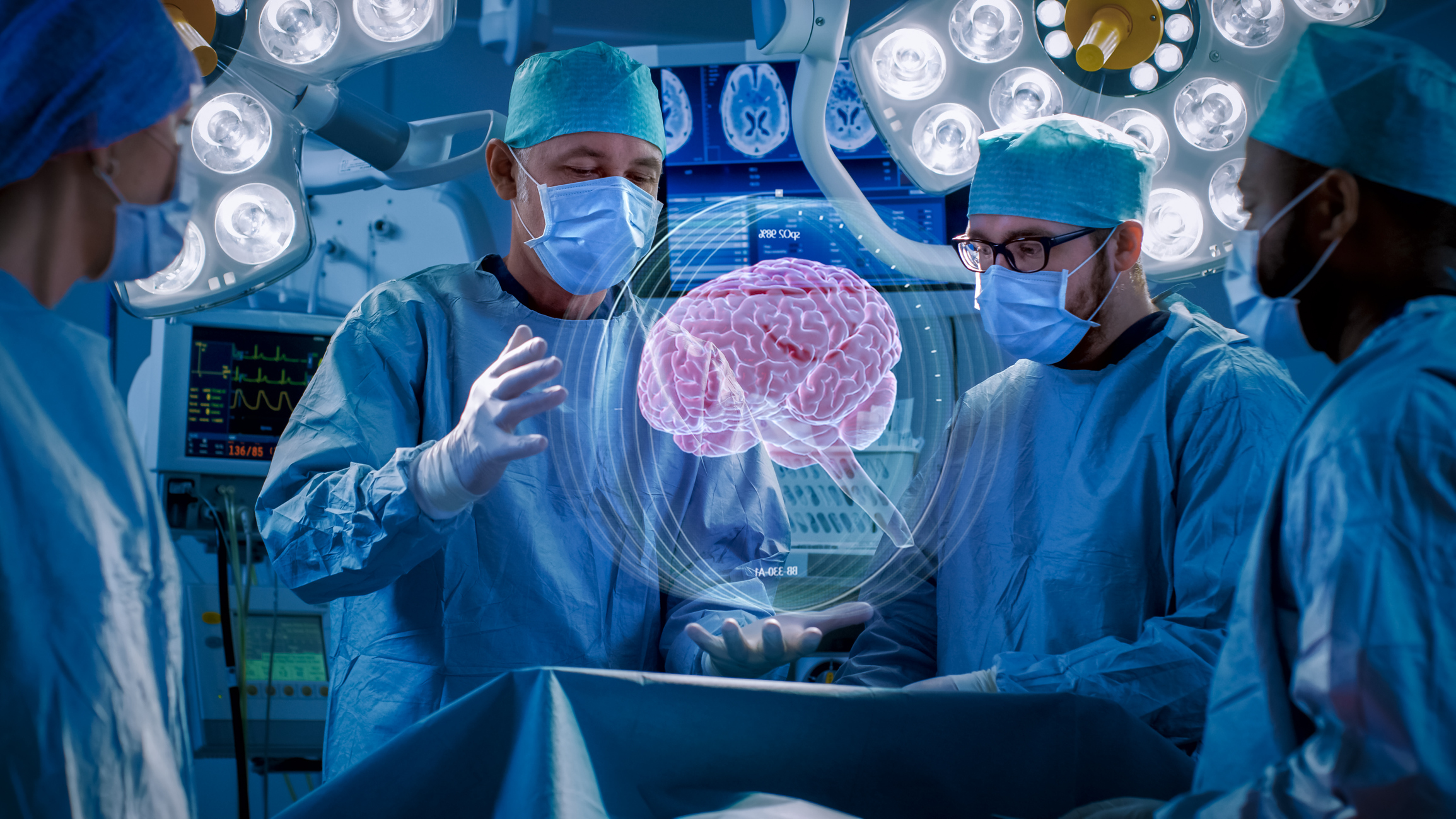
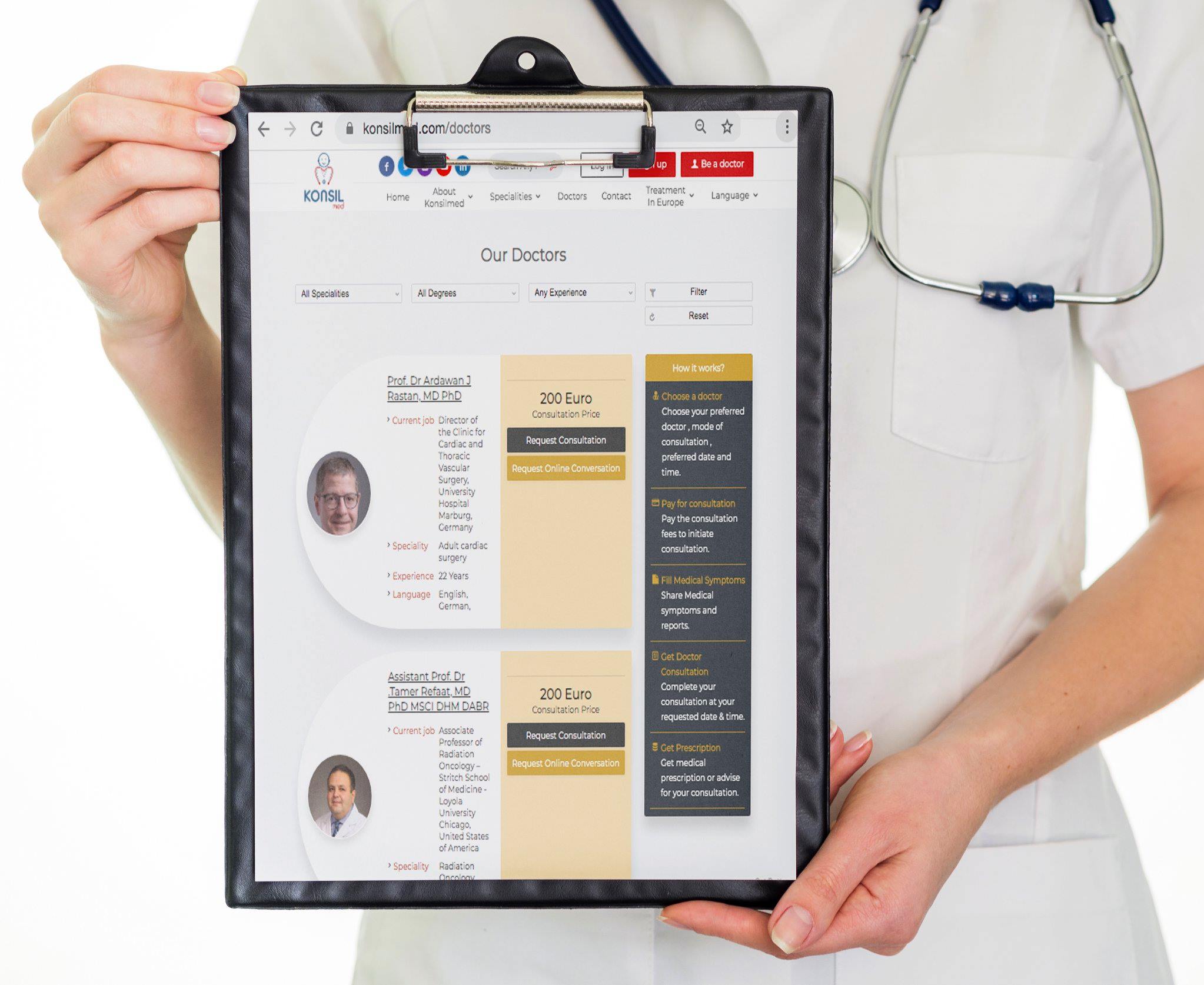

.jpg)
.jpg)